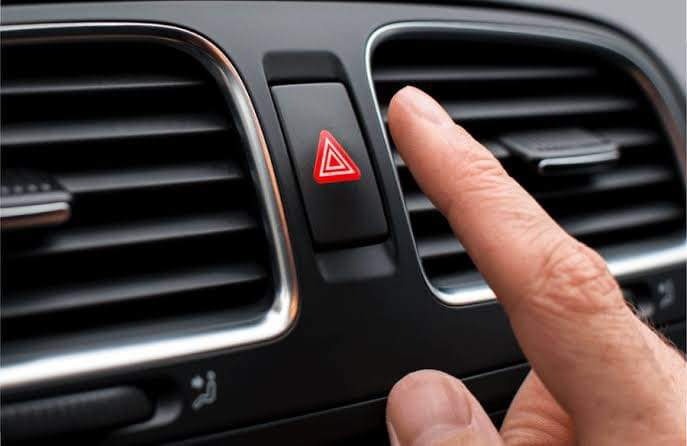Women tend to report improved sexual functioning after undergoing breast augmentation surgery, according to new research published in Revista da Associacao Medica Brasileira. The findings suggest that this popular cosmetic procedure not only enhances physical appearance but also positively impacts women’s self-confidence.
Breasts hold a central role in how society perceives femininity, sexuality, and maternity. Changes in breast size, shape, or distortions can have a profound effect on a woman’s self-image and quality of life. Dissatisfaction with one’s body, including breast size and contour, can lead to sexual dysfunction and reduced quality of life.
“Breast augmentation is on of the most performed procedures in plastic surgery and it is due to the impact that it causes on women’s life quality and self-esteem,” said study author Mateus Leme De Marchi, a plastic surgery resident in São Paulo, Brazil.
The study involved 87 women with hypomastia (small breasts) who desired breast augmentation. The criteria for inclusion encompassed women between 18 and 55 years old, a minimum education level of the 5th grade, and small breast size according to the Sacchini index. Exclusion criteria included factors such as pregnancy, systemic diseases, smoking, and previous breast surgeries.
Two groups of patients were assessed using separate questionnaires. The Female Sexual Quotient (QS-F) questionnaire was used in one group, and the Female Sexual Function Index (FSFI) questionnaire in the other. The surgical procedure involved placing subglandular silicone implants, adhering to strict protocols and safety measures.
Patients completed their respective questionnaires before the surgery and at follow-up visits, two and four months after the procedure. The questionnaires evaluated various aspects of sexual function, including desire, arousal, lubrication, pain, orgasm, and satisfaction.
In the QS-F group, patients showed an initial slight decrease in scores at two months postoperatively, likely due to discomfort and pain following surgery. However, at the four-month mark, there was a significant increase in scores, indicating an improvement in their sexuality.
Similarly, the FSFI group also demonstrated improvements in sexual function, with scores increasing from preoperative levels to two and four months postoperatively.
“I was surprised with the improvement in sexuality only a couple months after surgery, when people still haven’t completed all the healing process,” De Marchi said.
One notable finding was the significant improvement in the domain of arousal and harmony with a partner in both groups. This suggests that breast augmentation positively influenced women’s self-confidence, self-esteem, and overall satisfaction with their body image, subsequently enhancing their sexual desire and arousal.
The results of this study underscore the close connection between a woman’s breasts and her self-image, body satisfaction, and ultimately, her sexuality. Changes in breast size and shape, brought about by augmentation, can lead to significant improvements in various aspects of a woman’s quality of life, including her sexual well-being.
“Breast augmentation has a positive impact on life quality, which encompasses sexuality,” De Marchi told PsyPost. “Some women maybe don’t feel very comfortable with their bodies and specifically their breasts, either because of the standards of beauty and size proposed by social media or because of bullying. This may cause many prejudices in their life and self-esteem. For these women, the breast augmentation brings high satisfaction and can improve the relationship of the woman and her own body, which can bring a big benefit in her sexuality.”
While this study provides valuable insights into the impact of breast augmentation on female sexuality, it is essential to acknowledge its limitations. The study was conducted at a single center and had a relatively small sample size. Additionally, the follow-up period was relatively short at 4 months post-surgery.
Future research should aim to include larger and more diverse study populations, as well as longer-term follow-up assessments, to gain a more comprehensive understanding of the long-term effects of breast augmentation on female sexuality.
“We studied the sexuality, which is part of life quality, but we could see an improvement in other aspects of life quality as well, which must be studied,” De Marchi added.
The study, “Impact of breast augmentation on female sexuality“, was authored by Paulo Afonso Monteiro Pacheco Guimarães, Elisa Mayumi Kokuba Aihara, Miguel Sabino Neto, Mateus Leme De Marchi, and Lydia Masako Ferreira.














